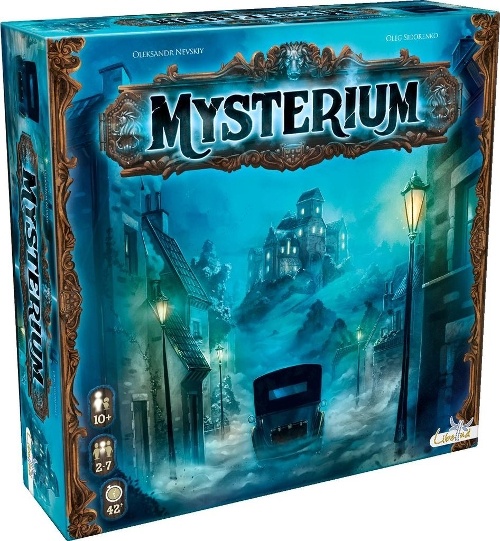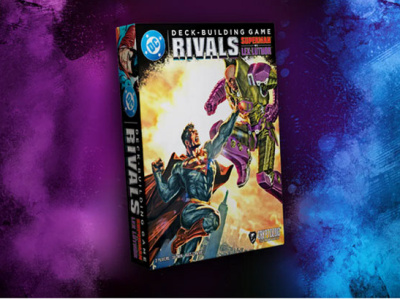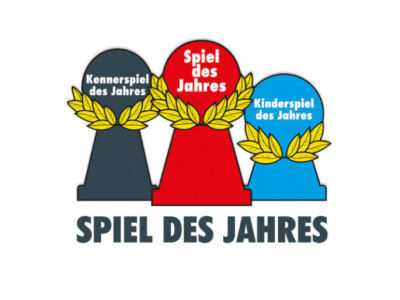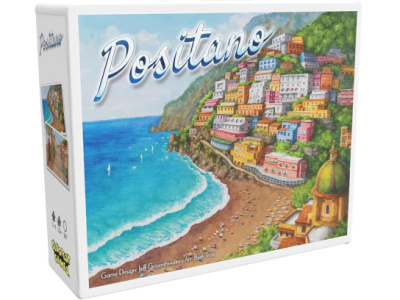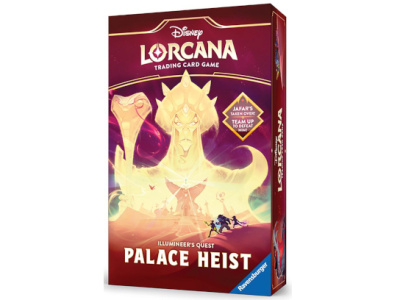Mysterium
Publisher: Asmodee
Release Date: August 2015
Price: $49.99
Game Designer(s): Oleksandr Nevskiy and Oleg Sidorenko
Format: Card/board game
Number of Players: 2-7
Game Length: 30-45 minutes
Age Rating: 10+
Product #: ASM-MYST01
ICv2 Rating: 3.5 stars out of five
This is a beautiful game, an American edition of the previously published Tajemnicze Domostwo. It is an intense co-op game which is flexible in the number of players, and the theme is halfway between Dixit and Clue. Like Clue, it's a murder mystery game, but in this case one in which the ghost of the victim tries to guide a group of psychic investigators toward identifying the culprit. Like Dixit, players are trying to understand the symbolism or meaning in artistic images, which are their only means of gaining information.
The ghost can only use these visual clues, which are cards which guide the psychic to identify other cards, narrowing down the culprit, murder location and weapon. These cards are dreamlike in their designs, and the only difficulty is that some players have a hard time understanding the clues and connecting them to the final intended outcome. Still, there are enough rounds that in most cases, players will reach the final round without losing the game, if the ghost player has any feel at all for linking symbolic images.
The artwork on the cards is outstanding, and the game components are a great value. The working components, including a little hourglass and various other markers, are all high quality and visually attractive.
The rounds (up to seven of them) in which each player identifies a best guess for person, place and weapon are challenging enough to be fun without being impossible. The final round, however, is what will turn some people away from the game. That is where the players have to vote on which of their guesses is the actual killer. It is fiendishly difficult, due to the limited information that the ghost provides to the players in that final round, and up until then there are no clues separating the possible perps. Players who have struggled at all during the main rounds will have almost no information to work with in identifying the murderer. Since the group wins or loses as a whole, if enough players fail to guess the killer correctly, then everyone loses. Worse, the ghost has such limited resources in the final round that the clues can be quite vague. It might hinge on players understanding that the background color of a hint card refers to something on one of the other clues.
Mechanics were added to keep the game from bogging down in analysis-paralysis, and also to add an element of betting on how other players are doing. If you bet correctly, you get bonus points toward getting more information in the final round, which is a good thing. If you’re having trouble making your own selections correctly, this acts as a possible double-whammy, as you will probably also fail to judge whether the other players are correct.
So, gamers who already like games such as Dixit will find this to be an excellent addition to their collection of games, but people who struggle with visual imagery and imaginative interpretation will have trouble playing the game, and may give up after one or two playings.
For age 10+, but younger players may have difficulty with the image-relationship aspect.
--Nick Smith: Librarian Technician, Community Services, for the Pasadena Public Library in California.
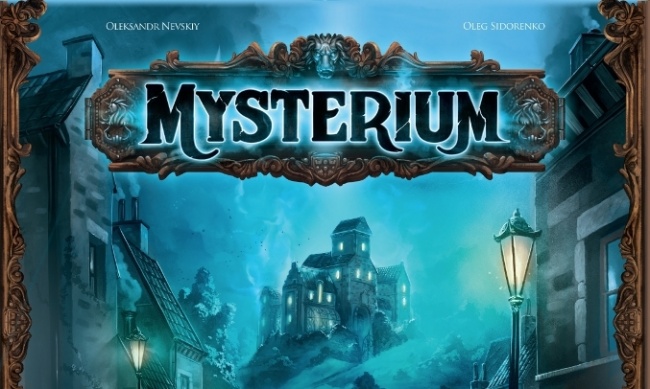
ICv2 Stars: 3.5 (out of 5)
Posted by Nick Smith on December 2, 2015 @ 2:31 am CT
MORE GAMES
'Rivals: Superman vs. Lex Luthor'
July 14, 2025
Cryptozoic Entertainment will release Rivals: Superman vs. Lex Luthor, a new standalone game for DC Deck-Building Game.
'Bomb Busters' Takes the Top Prize
July 14, 2025
The Spiel des Jahres jury has announced the winners of their 2025 board game awards.
MORE REVIEWS
ICv2 Stars: 4 (out of 5)
July 11, 2025
Here's a review of Positano, published by Slugfest Games.
ICv2 Stars: 3.5 (out of 5)
June 20, 2025
Check out the review of Disney Lorcana TCG: Illumineer's Quest - Palace Heist, from Ravensburger.



